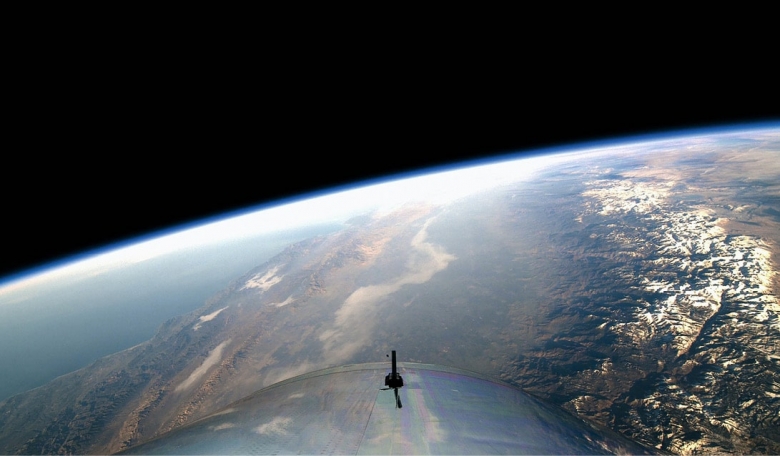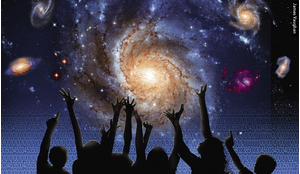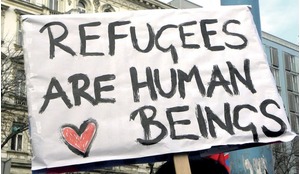Space tourism took a great leap forward on 11 July, when Richard Branson flew as ‘Astronaut 001’ on Virgin Galactic’s SpaceShipTwo suborbital tourism vehicle, VSS Unity. The Unity 22 mission, launched from New Mexico’s Spaceport America and piloted by Dave Mackay and Michael Masucci, provided Branson and three Virgin Galactic employees with a few short minutes of microgravity.
Nine days later, marking the 52nd anniversary of Apollo 11’s lunar landing on 20 July, Blue Origin’s Jeff Bezos joined the first crewed flight of the New Shepard from ‘Launch Site One’ in Van Horn, Texas. Among other things, the pressurised crew capsule and its reusable launch vehicle made headlines for carrying both the oldest and youngest persons to go to space (Mercury 13’s Wally Funk, aged 82, and Oliver Daemen, 18, respectively).
The sophisticated publicity machines of these large companies missed no opportunity to trumpet the historic nature of their achievements. Indeed, much has already been written about the success of both Virgin Galactic and Blue Origin in taking ‘astronauts’ into ‘space’. Beyond the PR fluff, however, lay several fundamental questions that test the boundaries of space governance. They can be broken down into two interlinked areas that have received considerable, if superficial, discussion in the broader media: the air-space boundary issue and the status of the people involved in these sub-orbital tourist ventures.
These two questions cut to the heart of the ambiguity that has emerged as new technology continues to test the structural integrity of the legal framework surrounding human activity in space.














